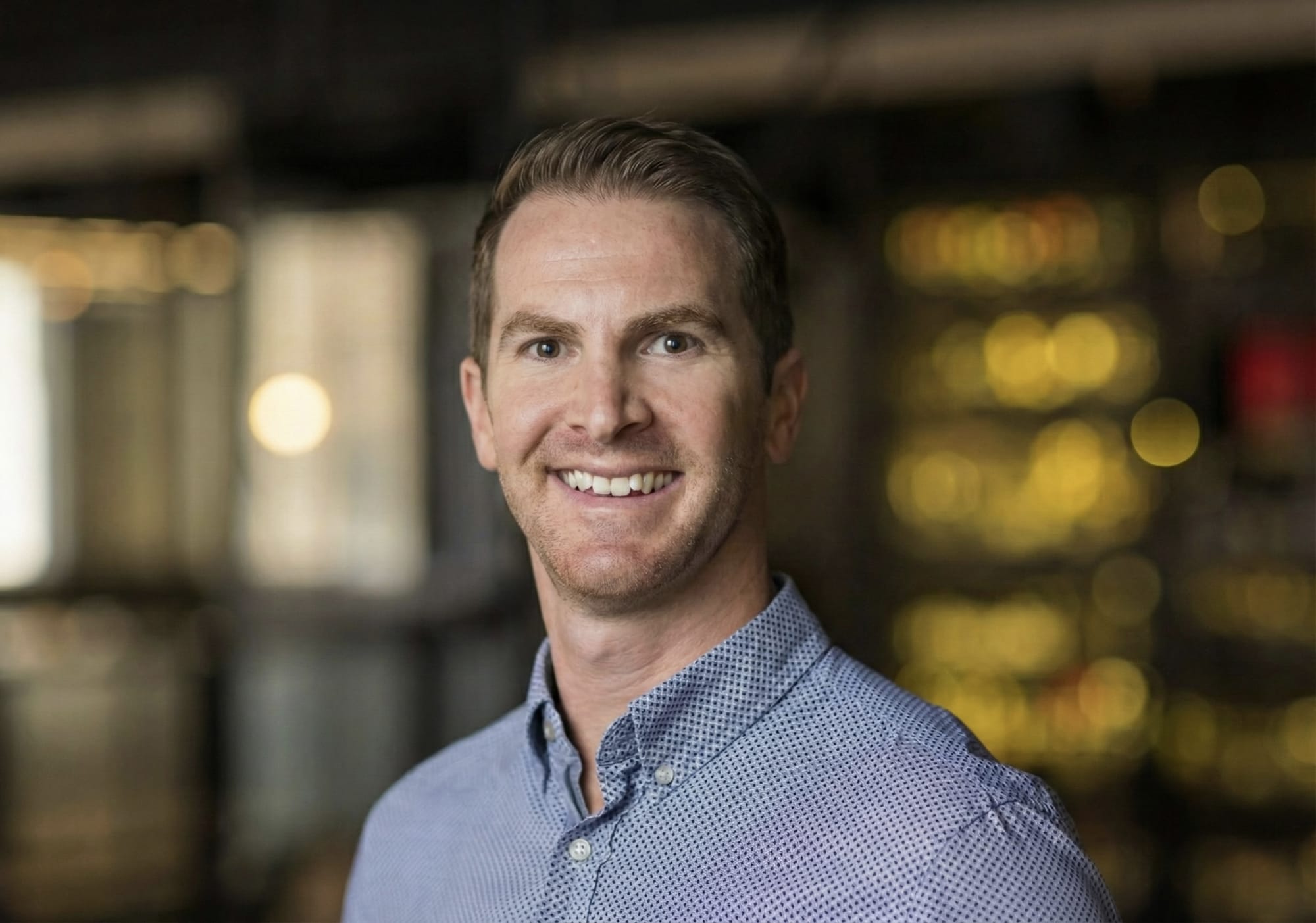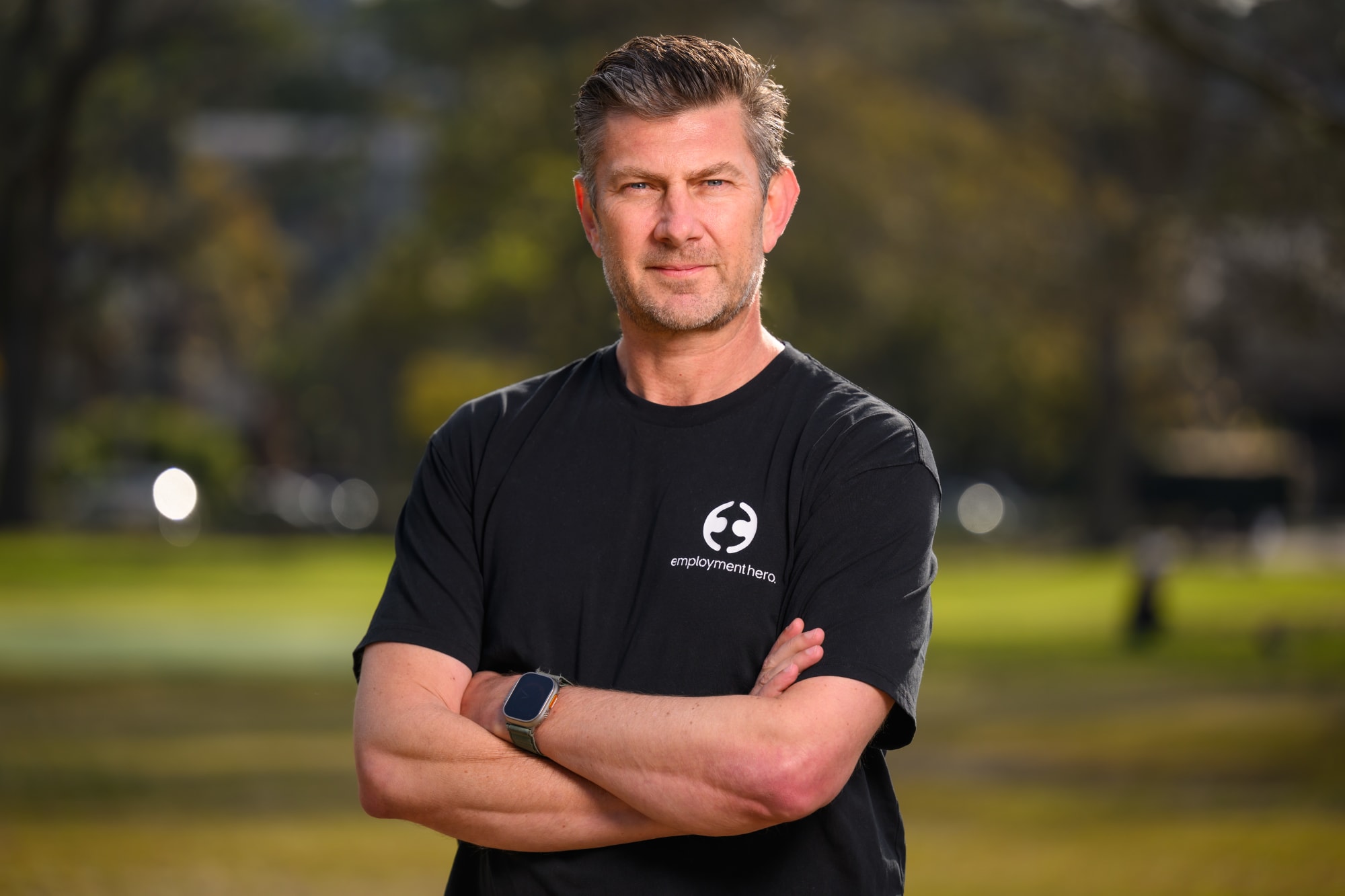Retirement
How to fix gender inequalities in superannuation
Barriers to entry, lower hourly rates of pay, less hours worked and more unpaid labour are seeing Australian women retire with significantly less than men, with changes to the superannuation system needed to fix the super gender divide.
How to fix gender inequalities in superannuation
Barriers to entry, lower hourly rates of pay, less hours worked and more unpaid labour are seeing Australian women retire with significantly less than men, with changes to the superannuation system needed to fix the super gender divide.

A paper released by KPMG revealed that Australia has performed relatively poorly compared with other OECD countries in terms of female workforce participation and the proportion of unpaid work, leading to a growing gap between men and women.
According to the paper, most Northern European men do 75 per cent of the unpaid work that women do, whereas in Australia it’s a little over half. While the gap between male and female work participation rates is 10 per cent, with tax and childcare barriers often impacting women’s return to work.
This is leading to poorer outcomes in retirement for women, with the paper stating the median superannuation balance for men aged 60-64 years is $204,107, whereas for women in the same age group, it is $146,900, a gender superannuation gap of 28 per cent.
For the pre-retirement years of 55-59, the gender superannuation gap is 33 per cent, and in the peak earning years of 45-49, the gender superannuation gap is 35 per cent.

“The gender pay and super gaps stem from the fact that in Australia, our policy settings are still based on a model in which fathers do most of the paid work while mothers do part-time paid work but most of the unpaid work, said Alison Kitchen, KPMG Australia chairman.
“In effect, paid work, dominated by men, is valued more highly than unpaid work, which is mostly performed by women.”
Fixing the superannuation gap
According to KPMG, Australia’s superannuation system needs three major changes in order to fix the current superannuation gap.
They advocate for including superannuation guarantee (SG) contributions in the Commonwealth Paid Parental Leave scheme as the gap in work mostly impacts women.
Linda Elkins, KPMG national sector lead for asset and wealth management, noted that the paid parental leave scheme does not include SG contributions, which, given women take most of the parental leave, simply means the income and super gaps are exacerbated.
“While KPMG has recently proposed a major overhaul to the PPL scheme, the super guarantee issue still needs to be addressed even if the current system is maintained. There will be a significant cost, but this is a major impediment to equality,” she said.
The paper also found that allowing unused concessional contributions to be made for recipients of Commonwealth Paid Parental Leave without time limits is having a negative impact on women’s superannuation outcomes.
She also said, “Concessional contributions made by employers to employees can be used for up to five years, but this then runs out, which disadvantages women who have taken time out to raise children. There is no good policy reason why this cannot be changed.”
Finally, KPMG recommends amending the Sex Discrimination Act to ensure employers can make higher superannuation payments for their female employees if they wish to do so.
“Employers might wish to make higher contributions to attract and reward talented female employees who have taken time out, but this would be in contravention of the Sex Discrimination Act. The act could be amended at no cost, but with significant benefit,” Ms Elkins concluded.
About the author

About the author


Superannuation
Expanding super for under-18s could help close the gender super gap, says Rest
In a push to address the gender disparity in superannuation savings, Rest, one of Australia's largest profit-to-member superannuation funds, has called for a significant policy change that would allow ...Read more

Superannuation
Employment Hero pioneers real-time super payments with HeroClear integration
In a significant leap forward for Australia's payroll and superannuation systems, Employment Hero, in collaboration with Zepto and OZEDI, has successfully processed the country's first ...Read more

Superannuation
Rest launches Rest Pay to streamline superannuation payments and boost member outcomes
In a significant move aimed at enhancing compliance with upcoming superannuation regulations, Rest, one of Australia’s largest profit-to-member superannuation funds, has unveiled an innovative ...Read more

Superannuation
Rest appoints experienced governance expert to bolster superannuation fund
Rest, one of Australia's largest profit-to-member superannuation funds, has announced the appointment of Ed Waters as the new Company Secretary. Waters, who brings with him over 15 years of extensive ...Read more

Superannuation
Small businesses brace for cash flow challenges as Payday Super becomes law
With the new Payday Super legislation now enacted, small businesses across Australia are preparing for a significant shift in how they manage superannuation contributions. The law, which mandates a ...Read more

Superannuation
Rest launches Innovate RAP to support fairer super outcomes for First Nations members
In a significant move towards reconciliation and inclusivity, Rest, one of Australia's largest profit-to-member superannuation funds, has unveiled its Innovate Reconciliation Action Plan (RAP)Read more

Superannuation
Payday super legislation promises fairer retirement for part-time and casual workers
In a landmark development for the Australian workforce, the recently passed Payday Super legislation is set to transform the retirement landscape for countless part-time and casual workersRead more

Superannuation
Payday Super passes as Employment Hero, OZEDI and Zepto unite to help small businesses meet new seven-day payment rule
With the Payday Superannuation Bill officially passing through Parliament, Australian businesses are now less than eight months away from a major shift in how superannuation contributions are made — ...Read more

Superannuation
Expanding super for under-18s could help close the gender super gap, says Rest
In a push to address the gender disparity in superannuation savings, Rest, one of Australia's largest profit-to-member superannuation funds, has called for a significant policy change that would allow ...Read more

Superannuation
Employment Hero pioneers real-time super payments with HeroClear integration
In a significant leap forward for Australia's payroll and superannuation systems, Employment Hero, in collaboration with Zepto and OZEDI, has successfully processed the country's first ...Read more

Superannuation
Rest launches Rest Pay to streamline superannuation payments and boost member outcomes
In a significant move aimed at enhancing compliance with upcoming superannuation regulations, Rest, one of Australia’s largest profit-to-member superannuation funds, has unveiled an innovative ...Read more

Superannuation
Rest appoints experienced governance expert to bolster superannuation fund
Rest, one of Australia's largest profit-to-member superannuation funds, has announced the appointment of Ed Waters as the new Company Secretary. Waters, who brings with him over 15 years of extensive ...Read more

Superannuation
Small businesses brace for cash flow challenges as Payday Super becomes law
With the new Payday Super legislation now enacted, small businesses across Australia are preparing for a significant shift in how they manage superannuation contributions. The law, which mandates a ...Read more

Superannuation
Rest launches Innovate RAP to support fairer super outcomes for First Nations members
In a significant move towards reconciliation and inclusivity, Rest, one of Australia's largest profit-to-member superannuation funds, has unveiled its Innovate Reconciliation Action Plan (RAP)Read more

Superannuation
Payday super legislation promises fairer retirement for part-time and casual workers
In a landmark development for the Australian workforce, the recently passed Payday Super legislation is set to transform the retirement landscape for countless part-time and casual workersRead more

Superannuation
Payday Super passes as Employment Hero, OZEDI and Zepto unite to help small businesses meet new seven-day payment rule
With the Payday Superannuation Bill officially passing through Parliament, Australian businesses are now less than eight months away from a major shift in how superannuation contributions are made — ...Read more








